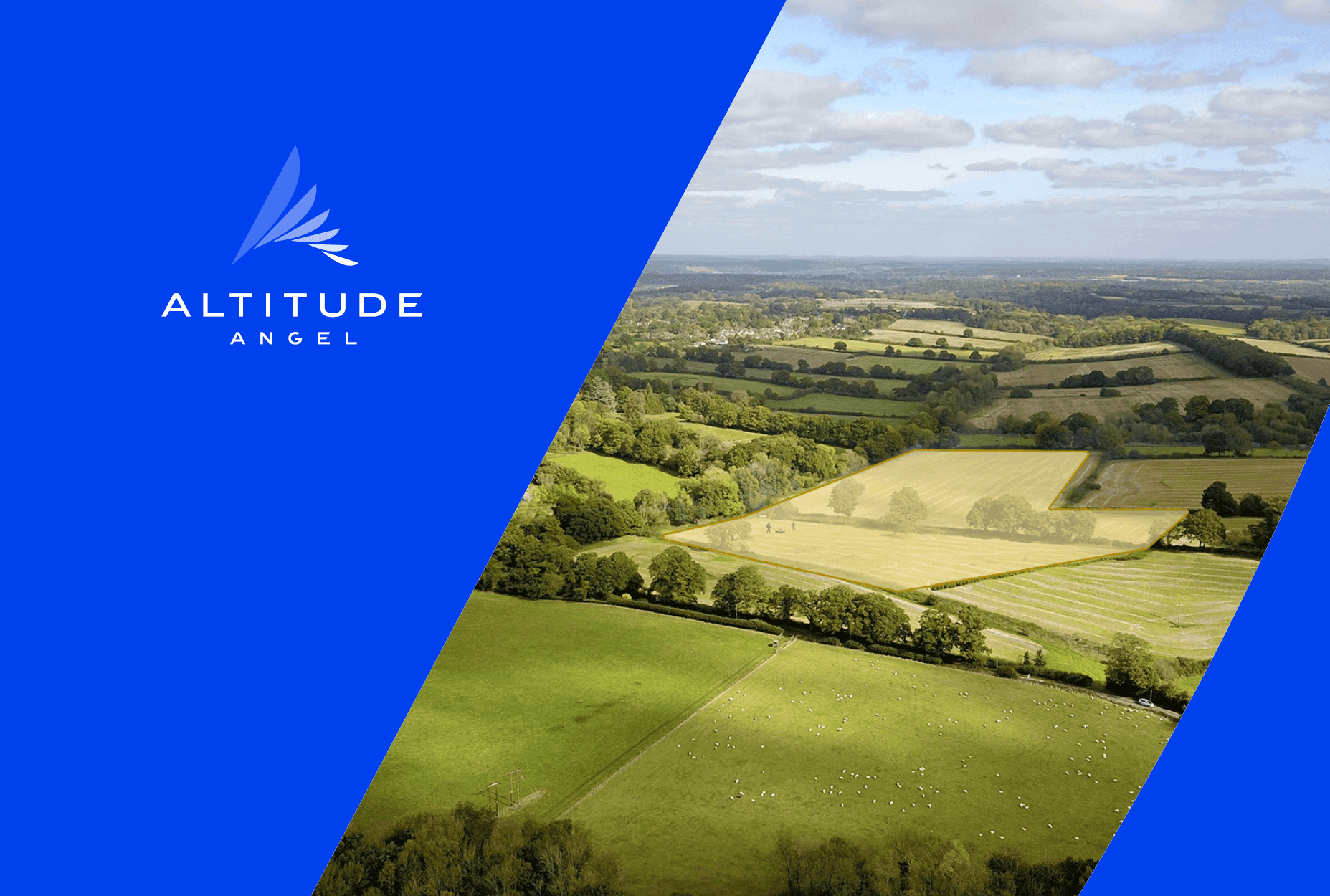Effortlessly communicate land access requirements to drone operators
 Example of UTM ready site managing land access for drone operations
Example of UTM ready site managing land access for drone operations
Effortlessly Communicate Land Access Requirements to Drone Operators: Maximising Estate Potential
In today's rapidly evolving world, the commercial use of drones is poised to revolutionise industries, from emergency response and healthcare to mapping & surveying, logistics, filming & photography, inspection & maintenance, and farming & agriculture. With the enablement of drones, these sectors can operate with increased speed, safety, and cost-efficiency, while also reducing carbon emissions and promoting sustainability. Whether it's delivering life-saving medicine, surveying a field to utilise crop yield, or conducting dangerous power-line inspections, drones offer unparalleled benefits.
However, for many landowners, embracing drone flights over their property comes with hesitation. Emerging technologies can create confusion and in the case of drones many landowners are unsure of the regulations regarding airspace. The vast majority of landowners can only control access to their land, but do not have the ability to regulate who flies over it. This can cause issue where there are sensitive areas within their estates, such as security zones, livestock areas, or spaces open to the visiting public. These concerns often discourage them from allowing drone operations. But, with Altitude Angel's GuardianUTM platform, these challenges need not be obstacles to encouraging safe and approved drone flights.
To encourage drone activity in safe areas, Altitude Angel have introduced land access zones to its suite of drone solutions. This enables landowners using GuardianUTM Approval Services to authorise take-off and landing access from specific zones on their estates. To cover any associated costs, these designated ‘Zones’ can have varying rate cards and service levels, providing flexibility on associated fees and turnaround times for land access requests. Drone operators can be charged varying rates depending on where they wish to take off and land, as well as how soon they want to fly.
Offering designated areas for recreational pilots ensures they can enjoy flying their drones safely without conflicting with other activities on an estate. Attracting recreational pilots fosters community engagement and strengthens an estate's ties with the growing number of drone enthusiasts. Moreover, by opening a take-off and landing zone you have far greater visibility of who is flying at any given time.
As commercial drone activity increases some larger landowners will look to open drone hubs or ‘vertiports’. A vertiport serves as a strategic location for launching and landing drones, facilitating the seamless flow of commercial drone operations. By partnering with drone operators and providing safe and approved spaces for take-off and landing, estates can become prominent players in the up-and-coming commercial drone ecosystem.
You can read more about how Altitude Angel’s GuardianUTM Approval Services can help you create a take-off and landing zone on your estate here or how you could become part of Project Skyway, the UKs first drone superhighway, by establishing a ‘hub’ along the route for the use of commercial drone activities, here.
Listen to audio recording of the article:
Share this article:

Related News...
It's about the airspace, stupid!
Posted by Altitude Angel Insight
Altitude Angel On Air #7: The one where we talk about Project Skyway
Posted by Altitude Angel Insight
10 Years and an optimistic future
Posted by Altitude Angel Insight